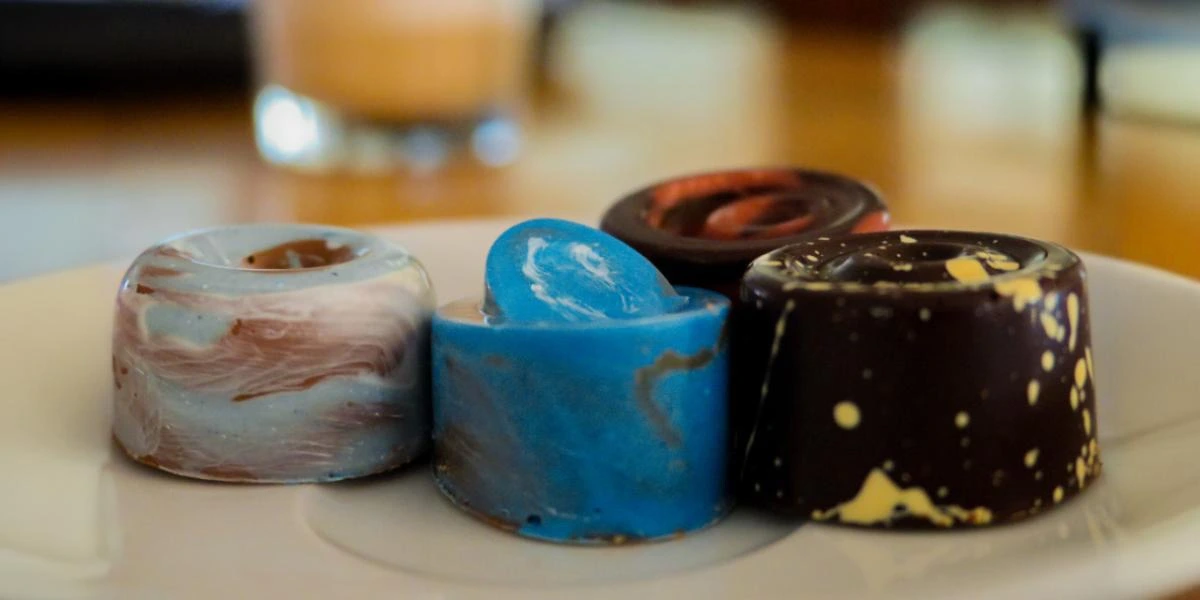
What is Casting Resin? How Does It Differ? Best Practices by Protomont Technologies
In Protomont technologies, we frequently get questions regarding the difference between epoxy resin and casting resin. Even though both of them are useful in various applications, each of them has some strengths that make them more appropriate in specific tasks.
Epoxy resin is reported to be utilized in small-sized and detail-oriented work since it has quick curing and good bonding attributes. However, the larger the project, the casting resin is more desirable because of the deep pours and clear properties required in mold making or object embedding.
Casting resin may be the best choice in case you are working on a bigger and sturdier project. We will examine more closely the performance of each resin on various applications.
What is Casting Resin?
The main peculiarity of casting resin is that it can be used to fill molds and capture detailed pieces of information, so it can be applied in the areas of jewellery creation, art, model-making, and industrial production.
The casting resin is designed to pour deeply, unlike epoxy resin, which is more effective when it comes to surface coatings and adhesives. It is perfect to produce massive solid objects or to incorporate objects such as stones, flowers, and other substances into a resin base. It works particularly well when the resin wants to be poured in clearer, crystal-like layers, and has been known to be poured in thicker layers with no concern about trapped air bubbles, like with other resins.
Why Choose Casting Resin?
Casting resin is a winner when it comes to creating works that demand depth and detail. Regardless of whether you are making custom artworks, prototyping, or embedding objects, casting resin can be advantageous in the following ways:
Crystal Clarity: After the treatment, the resin is very transparent, which gives a glass-like finish that fits very well in decorative work and clear designs.
Deep Pours: Resin pour is best when you want to do deep pours, so that you can build up thick layers without having to worry about uneven curing or air voids.
Customizable: Casting resin can be customized by mixing in pigments, dyes, and other materials, resulting in a broad spectrum of effects, including solid colors, swirling looks, and even glitter.
What are the key differences between epoxy resin and casting resin?
| Aspect | Casting Resin | Epoxy Resin |
| Curing Time | Drying time is 72 hrs and gets fully cures in 7 days, which gives it a hard finish. | Dries in a maximum of 24 hrs and cured within 72 hrs. |
| Heat Resistance | Weaker heat-resistance, cannot be used on high-temperature surfaces. | Better heat-resistant, suitable for surfaces such as countertops (up to 130 °C). |
| Viscosity | Less viscosity, perfect thick pours, no bubbles. | More viscosity, better suited to smaller pours and easier coloring. |
| Working Time | Increased working time, which gives you more time to work before it thickens. | Increasing working time thickens more quickly, particularly in hot weather. |
| Use Cases | Best used in jewellery making, deep pours and artwork. | Recommended in coatings, adhesives and clear finish. |
How much resin do you need?
The first step in calculating the right amount of resin in your project is to calculate the volume of the pour area (Length x Width x Height). After obtaining the amount in cubic inches, you can multiply this number by 1.805, and this will give the U.S. fluid ounces. This will make you not buy excessively or insufficient resin and therefore avoid wastage or shortages.
At Protomont Technologies, we’re always here to help with your resin projects and will be happy to assist you with your projects with professional advice and products of the highest quality. You can find all your casting and epoxy resin requirements on our site, and allow us to help you make your creative ideas come to life!
FAQs:
1. Is it possible to combine casting and epoxy resin?
No, they should not be mixed. Their curing periods and characteristics vary and create unequal outcomes.
2. What is the longest time that you can keep casting resin and epoxy resin?
They can be kept between 1- 2 years in a cool, dry place. Always read the instructions of the manufacturer.
3. Why not use epoxy resin?
Epoxy resin is sensitive to UV yellowing, is not as heat resistant as other resins.
4. Is resin cast easy to break?
Casting resin is strong, yet it can fracture when impacted. Strength is enhanced by proper curing and handling.

